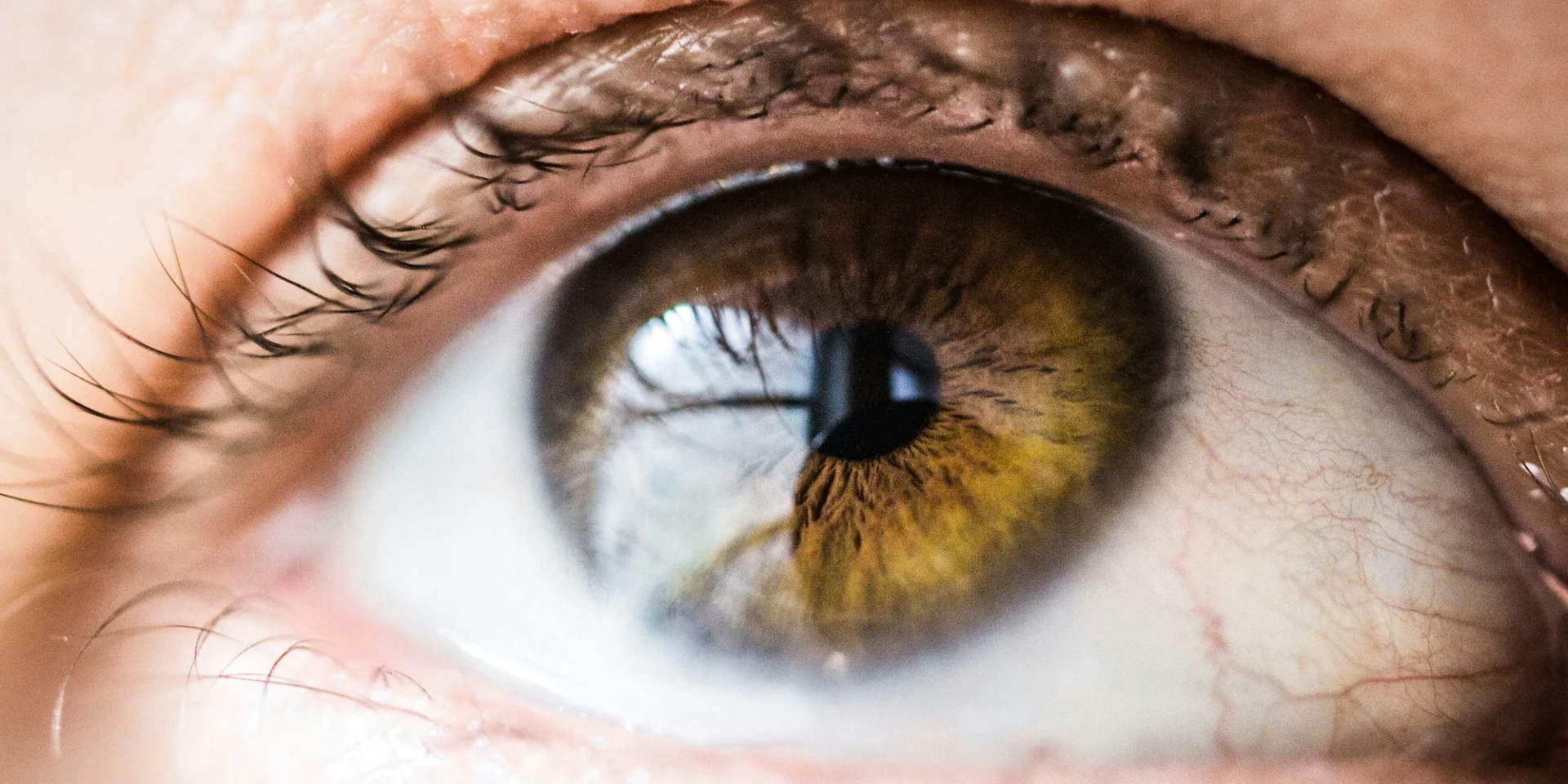How often do you look at your eyelids? I know, that’s a strange question, but I would venture to say that the answer to that question will be vastly different, depending on if you are male or female. Now, not to say that men do not pay attention to what their eyelids look like, but as a woman, I can say that I look at my eyelids every single day. That probably sounds strange, but when you apply mascara, eyeliner, or eyeshadow every day, you tend to notice everything about your eyelids, including if they are starting to droop or sag. Although I am not to the point where I notice my eyelids are drooping, working in ophthalmology for over five years has taught me a lot about the eyelids, including eyelid surgery, called blepharoplasty. Blepharoplasty is a big, fancy word for the surgery that is performed to remove excess skin from the eyelid. Now, I know you may be wondering (and I am sure the title of this post helped you get there), if this procedure is considered medical or cosmetic? Well, it is actually both! In this post, we are going to go over several things, including the cause of drooping eyelids, what makes a blepharoplasty cosmetic or medical, and what doctors you can go see to have the procedure done. So, let’s get into it.
What Causes Drooping Eyelids?
Before we dive in, I want to start by saying that while I will list some of the most common causes of drooping eyelids, this will not be an exhaustive list, and as always, this post is in no way medical advice, nor should it take the place of seeking medical treatment. While there are some very common causes of eyelid issues, there are some rare and more complex causes as well, so if you have any concerns about your eyelids, it is important that you seek medical care as soon as you can. So, the first thing I want to introduce you to, is the word “ptosis”, which is the medical term used for drooping eyelids. As we continue on with this post, I will continue to use the word ptosis, and if you indeed have a condition that causes ptosis, that is a term you will see in your medical records as well. As I stated moments ago, there are a variety of conditions that cause ptosis, some of which are very common and benign, and some that are more serious and that may be an indication of something else happening within the body. Let’s take a look into some of these conditions:
Age
This is going to be the most common cause of ptosis; Wisdom, as Dr. Hammond and Dr. Herion like to put it, is the most common reason a person develops ptosis. Over time, our eyelids (like most things on our bodies) succumb to gravity, and the skin starts to loosen and sag on and around the eyelids. While ptosis can worsen at different ages for different people, there are times when it becomes bad enough that it can impede a person’s vision and will need surgery.
Stroke
In one of my previous posts, I discussed strokes and how they affect the eye, which includes ptosis. This is usually one of the first signs that someone may be having a stroke, along with paralysis on one side of the body. While ptosis can sometimes improve after the stroke, that depends on the type and severity of the incident, and the ptosis may need surgical intervention to fix.
Physical Trauma
There are many muscles that help control the movements of the eyelid, and the eyeball itself, along with many nerves, all of which have to work together in a complex way to function properly. If there is physical damage to the eye area, the muscles or nerves may be affected, which can cause ptosis, among other issues. With physical trauma or damage, oftentimes, surgical intervention will be necessary to help resolve the issue.
Myasthenia Gravis
This is a rare autoimmune condition that affects how the muscles and nerves in the body communicate, leading to muscle weakness throughout the body, including the eyelid. Ptosis is a very common side effect of this condition, which can be a very serious condition, greatly affecting how a person lives.
Now, this is a very short list of conditions that can cause ptosis, and while some conditions are more serious than others, ptosis is a common symptom amongst them all. What I think is important to take away from all of these conditions, is that although ptosis may not be the most serious symptom of these conditions, it is still one that can affect a person’s daily life. As our eyelids droop, they can start to impede our vision, making it difficult to perform important tasks, such as driving safely. When a person, or their doctor, is considering a blepharoplasty to correct ptosis, there are several factors that need to be considered when deciding if the surgery will be cosmetic or medical. Let’s take a look into the difference between these two options.
Medical or Cosmetic: Will My Insurance Pay?
The biggest difference, and a very important difference, between a procedure being medical or cosmetic, is if a person’s medical insurance will pay for a portion of the procedure. If a procedure is considered to be medical, that means that person’s medical insurance believes the issue has progressed enough that it is causing a medical issue or interfering with a person’s daily life, and they will pay for a portion of the procedure to fix it. A procedure is considered cosmetic when the issue is not impeding the person’s daily life and not causing any other issues, so they will NOT pay for any portion of the procedure. For example, along with other cosmetic surgeries, such as facelifts, filler injections for lips, and Botox treatments, blepharoplasties can be performed on younger people, but they will pay out of pocket, as with other cosmetic or plastic surgery procedures. Now, before we get into this a little further, I think it is important to know that there are a plethora of different medical insurances available, with multiple different plans, which all cover differing amounts when it comes to procedures. Before I started working in the medical field, I had no idea the magnitude of different insurance companies, different plans, and different payment systems available to the public, and I assumed that most medical plans were the same. Having worked in the field for over five years now, I have come to understand that the health insurance industry in the United States is complex, ever-changing, and honestly quite frustrating at times. While one insurance plan may completely cover the cost of a blepharoplasty for one patient, another insurance plan may only cover a very small portion, and the patient will have to pay a large amount out of pocket. Okay, so, before I start my rant on the insurance system here in our country, let me digress and get to the point; All insurance plans are different, so while some people may qualify for medical blepharoplasty and may have a large portion of their procedure paid for, some may have to pay completely out-of-pocket for a cosmetic procedure. My best advice when it comes to understanding what your medical insurance will and will not cover, is to call your insurance company directly, and speak with a representative that can give you the requirements your insurance has regarding a specific procedure, such as a blepharoplasty. Here at Carrot LASIK and Eye Center, we always strive to help our patients with insurance issues, and whenever one of our doctors recommends a surgical procedure, we will contact the insurance company to get as much information about pricing and payment as possible. However, as someone with a plethora of complex medical issues, I always advise taking the time to fully understand your medical insurance, what they pay for, how they can help you, and what your responsibilities are when it comes to payment, services, and finding healthcare providers that take your insurance plan.
Where To Go From Here
Hopefully, what we have covered so far has given you a little insight into ptosis, blepharoplasty, and what constitutes as a medical or cosmetic blepharoplasty. As I stated earlier, although this post does not cover the very wide scope of causes for ptosis, I hope it helped you better understand some of the causes of the condition, and what can be done to help a drooping eyelid. If you believe you are having any eyelid issue, whether that be due to gaining wisdom, or a health condition or concern, please know that Dr. Herion and Dr. Hammond are always available to help you better understand your eye health, and what options are available to help you.




